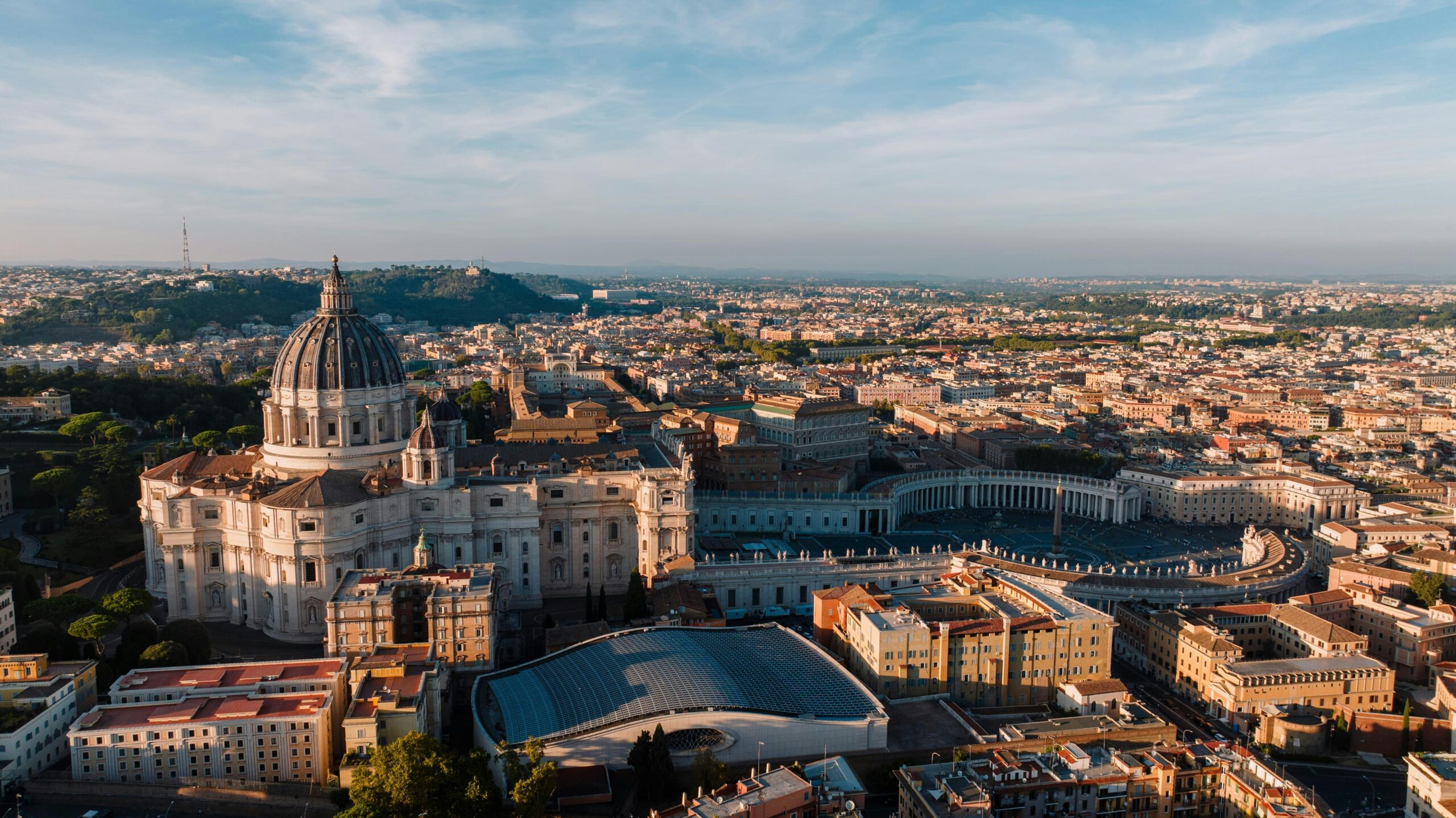Introduction
Catholic pilgrimage rituals have been an integral part of Christian devotion for centuries, representing a deep spiritual journey to sacred places that hold historical and religious significance. These pilgrimages are more than just physical travels; they are acts of faith, penance, and spiritual renewal. This article delves into the historical background, key pilgrimage sites, rituals associated with these sacred journeys, and their significance in contemporary Catholicism.
Historical Background of Catholic Pilgrimage
The tradition of pilgrimage in Catholicism dates back to the early centuries of Christianity. Believers have traveled to significant sites associated with Jesus Christ, the Virgin Mary, and various saints as acts of devotion and penance. One of the earliest recorded Christian pilgrimages is to the Holy Land, where believers sought to walk in the footsteps of Christ.
During the medieval period, pilgrimage became an essential part of religious life. Cities such as Rome, Santiago de Compostela, and Canterbury emerged as major pilgrimage centers. The Catholic Church actively encouraged these journeys, often associating them with indulgences—remissions of temporal punishment for sins. The Crusades further strengthened the tradition as Christian pilgrims sought to reclaim and visit the Holy Land.
Major Catholic Pilgrimage Sites
There are numerous sacred destinations that Catholics visit worldwide. Here are some of the most significant:
- The Vatican, Rome, Italy
- Home to St. Peter’s Basilica and the Vatican Museums, the Vatican is a spiritual and administrative center of the Catholic Church. Pilgrims often attend papal audiences and visit the tomb of St. Peter.
- Santiago de Compostela, Spain
- The Camino de Santiago (Way of St. James) is a famous pilgrimage route that culminates at the Cathedral of Santiago de Compostela, where the remains of St. James are believed to be buried.
- Lourdes, France
- This site became a major pilgrimage destination after the Marian apparitions reported by St. Bernadette Soubirous in 1858. The waters of Lourdes are believed to have healing properties.
- Fatima, Portugal
- The site of the Marian apparitions in 1917 to three shepherd children, Fatima remains one of the most visited Catholic pilgrimage sites, especially during the Feast of Our Lady of Fatima on May 13th.
- Jerusalem, Israel
- The Holy Land is the ultimate pilgrimage destination for Christians, offering sites such as the Church of the Holy Sepulchre, the Via Dolorosa, and the Mount of Olives.
- Our Lady of Guadalupe, Mexico
- The Basilica of Our Lady of Guadalupe in Mexico City is one of the most visited Catholic pilgrimage sites, where millions pay homage to the Virgin Mary’s apparition to St. Juan Diego in 1531.
Catholic Pilgrimage Rituals
Catholic pilgrimages involve various religious rituals that enhance the spiritual journey:
- Prayer and Reflection: Pilgrims engage in prayer, rosary recitations, and meditation at sacred sites.
- Mass and Eucharist: Attending Mass at pilgrimage destinations is a crucial element of the journey.
- Walking in Procession: Many pilgrimages involve processions, such as the Camino de Santiago or the annual Fatima candlelight procession.
- Acts of Penance: Pilgrims may fast, walk barefoot, or perform acts of penance to seek spiritual purification.
- Veneration of Relics and Icons: Pilgrims often venerate relics of saints, sacred icons, or miraculous images associated with the site.
- Receiving Blessings and Indulgences: Many pilgrimage sites offer special blessings and plenary indulgences granted by the Church.
The Significance of Pilgrimage in Modern Catholicism
Despite modern technological advancements and changing lifestyles, Catholic pilgrimage remains a deeply significant practice. It provides believers with a sense of connection to their faith, history, and community. Many pilgrims seek spiritual healing, divine intervention, or a deeper relationship with God.
Pilgrimages also serve as a means of cultural exchange, bringing together people from diverse backgrounds who share a common faith. The journey itself, with its challenges and sacrifices, often transforms individuals, reinforcing their faith and commitment to Catholic teachings.
Conclusion
Catholic pilgrimage rituals are a testament to the enduring faith of believers who seek a closer relationship with God through sacred journeys. From ancient routes to modern pilgrimage centers, these spiritual travels continue to inspire millions worldwide. Whether seeking healing, penance, or divine guidance, Catholic pilgrims embark on these sacred journeys as acts of devotion that strengthen their spiritual lives.




